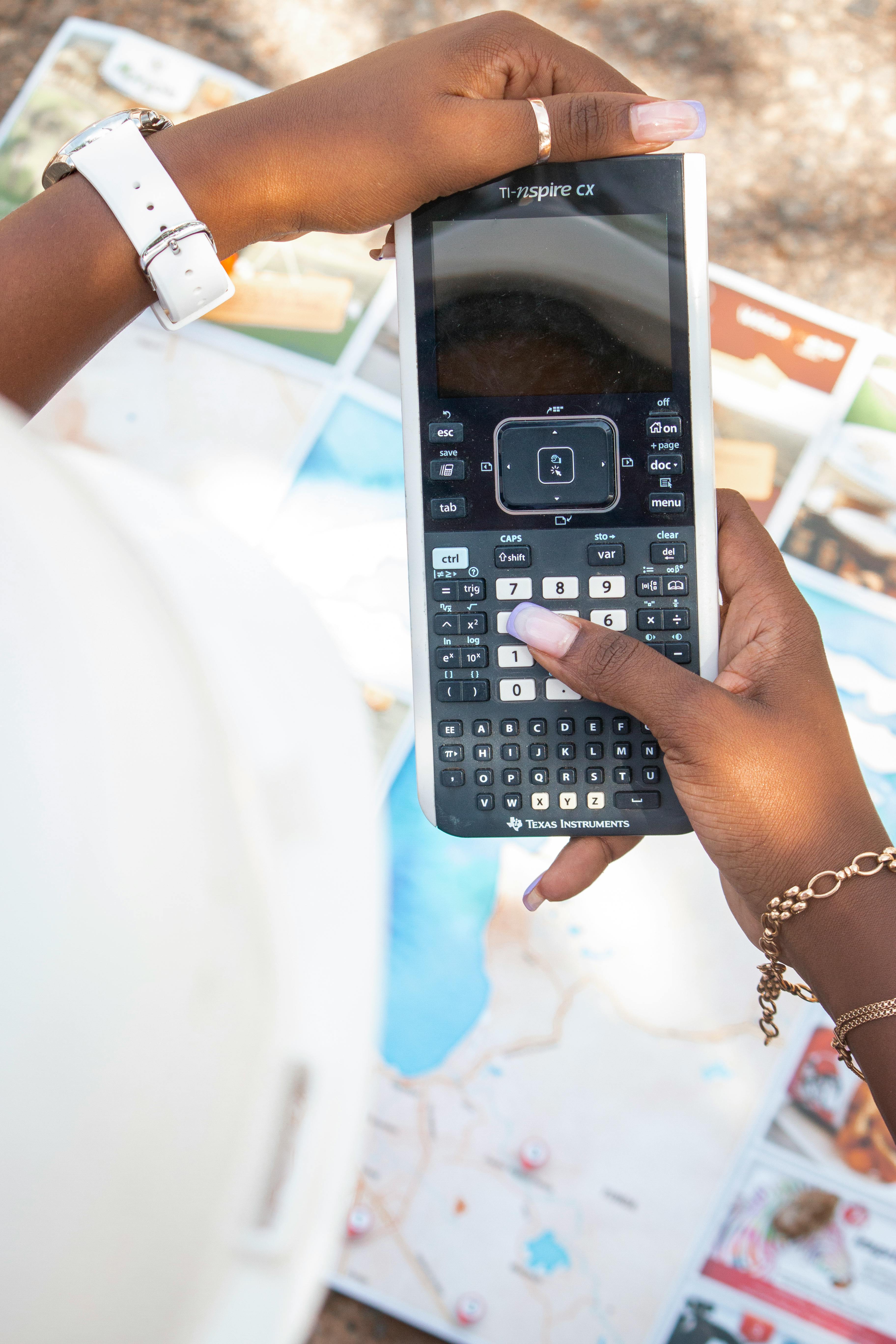Mastering Your Campaign with a DnD Travel Calculator
Travel in Dungeons & Dragons isn’t just about moving from one place to another—it’s about adventure, resource management, and strategic planning. With the help of a DnD travel calculator, dungeon masters and players alike can elevate their gameplay to new heights. This comprehensive guide will walk you through everything you need to know about integrating travel calculations into your campaigns for maximum immersion and efficiency.

Understanding the Fundamentals
A DnD travel calculator is a tool that determines how long it takes for a party to travel across various terrains based on their speed, mounts, and environment. These calculations enhance immersion and make logistics a key part of the adventure.
In the early days of tabletop RPGs, travel times were either glossed over or estimated loosely. However, modern gameplay emphasizes realism, and accurate travel estimation has become more important in narrative design.
1.1 Movement Speed and Terrain Types
Characters in DnD have movement speeds typically ranging from 25 to 40 feet per round. When extrapolated to travel, this speed is influenced by terrain—such as forest, mountain, or swamp—which affects the daily distance covered.
For example, traveling through a forest might reduce your party’s speed to 60% of its base rate. Ignoring these nuances can lead to unrealistic pacing and unbalanced encounters.
1.2 Travel Modes and Modifiers
Different modes of transportation—walking, horseback, wagon, or magical means—each have unique implications. For instance, a flying mount may bypass most terrain penalties, while a cart may get bogged down in marshland.
Also, consider modifiers like weather, exhaustion, and magical effects. These elements all impact how effective a travel plan will be, and a robust dnd travel calculator incorporates them seamlessly.
Practical Implementation Guide
Now that you understand the basics, it’s time to bring theory into practice. Using a DnD travel calculator helps automate calculations, ensuring consistency and realism while saving time for more exciting gameplay.

2.1 Actionable Steps
- Gather Your Data: Note your party’s movement speed, terrain types, weather conditions, and rest patterns.
- Choose Your Tool: Select a reliable dnd travel calculator that supports terrain adjustments and travel pace modifiers.
- Plan Your Route: Map the journey using hex grids or digital maps. Input data into the calculator and review estimates.
2.2 Overcoming Challenges
Common obstacles include underestimating rest times, ignoring random encounters, or forgetting terrain penalties. These can derail even the best-planned journeys.
Watch for signs of fatigue in your players and characters. Use milestone-based progress tracking and always leave room for improvisation when the dice take the story off-course.
Advanced Applications
For experienced dungeon masters, integrating a DnD travel calculator opens doors to complex mechanics like supply tracking, timed missions, and dynamic events triggered by travel milestones.

3.1 Time-Sensitive Missions
Use the calculator to create pressure—such as reaching a village before a raid or intercepting a caravan. Layer in real-time consequences and countdowns to make the travel feel urgent and cinematic.
Campaigns like Curse of Strahd and Tomb of Annihilation benefit greatly from this approach, where survival depends on time management and smart planning.
3.2 Integration with Encounter Planning
Pair your travel calculator with encounter tables that trigger based on terrain and distance traveled. For example, every 10 miles might trigger a roll on a forest encounter table, adding unpredictability.
Ensure compatibility with your map tools, and consider synchronizing timelines between parallel party groups using the same calculator data.
Future Outlook
With the rise of virtual tabletops (VTTs), integrated travel mechanics are becoming the norm. Tools like Foundry VTT and Roll20 are already embedding dnd travel calculator functionalities for seamless gameplay.
In the next few years, expect calculators to include AI-driven suggestions, real-time terrain analysis, and smart pacing recommendations tailored to narrative arcs.
Conclusion
To summarize: First, understanding terrain and movement mechanics is critical. Second, implementing a DnD travel calculator streamlines gameplay. Third, advanced features elevate campaign design.
A good dnd travel calculator transforms logistics into storytelling tools. Start integrating it into your sessions today and let your players experience more realistic and engaging adventures.
Ready to level up your campaign? Use a DnD travel calculator and take your world-building to the next level.
Frequently Asked Questions
- Q: What is a DnD travel calculator? A tool that calculates how far a party can travel in a day based on pace, terrain, and conditions.
- Q: How do I get started with travel calculations? Begin by recording party movement speed, then input that data into your chosen calculator.
- Q: How long does it take to learn? Most players master it within one or two sessions; DMs may take a bit longer to include terrain and weather rules.
- Q: Does it cost anything? Many calculators are free online; premium versions with advanced features may cost $5–$15.
- Q: How does it compare to manual tracking? Calculators reduce errors, save time, and create consistent gameplay compared to manual math.
- Q: Is it hard to use for beginners? No, most tools have user-friendly interfaces with guided prompts for each input field.
- Q: Can I use it for specific campaigns like Icewind Dale? Absolutely. Travel calculators are excellent for cold terrains where distance and time are critical for survival.
